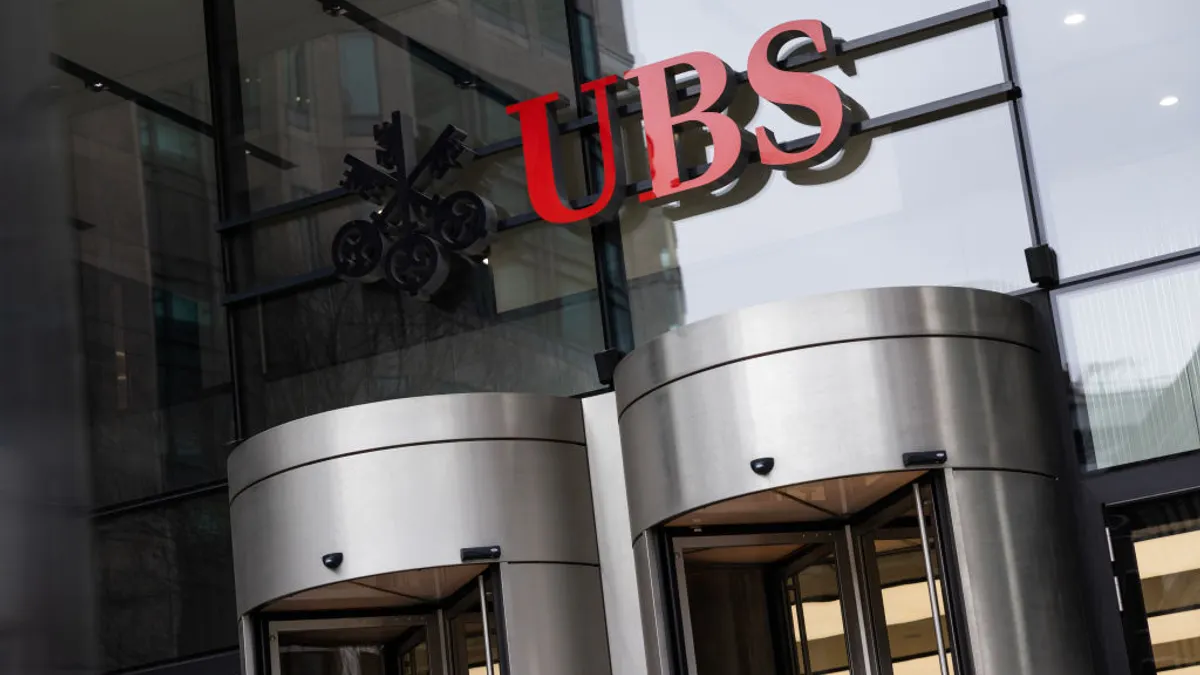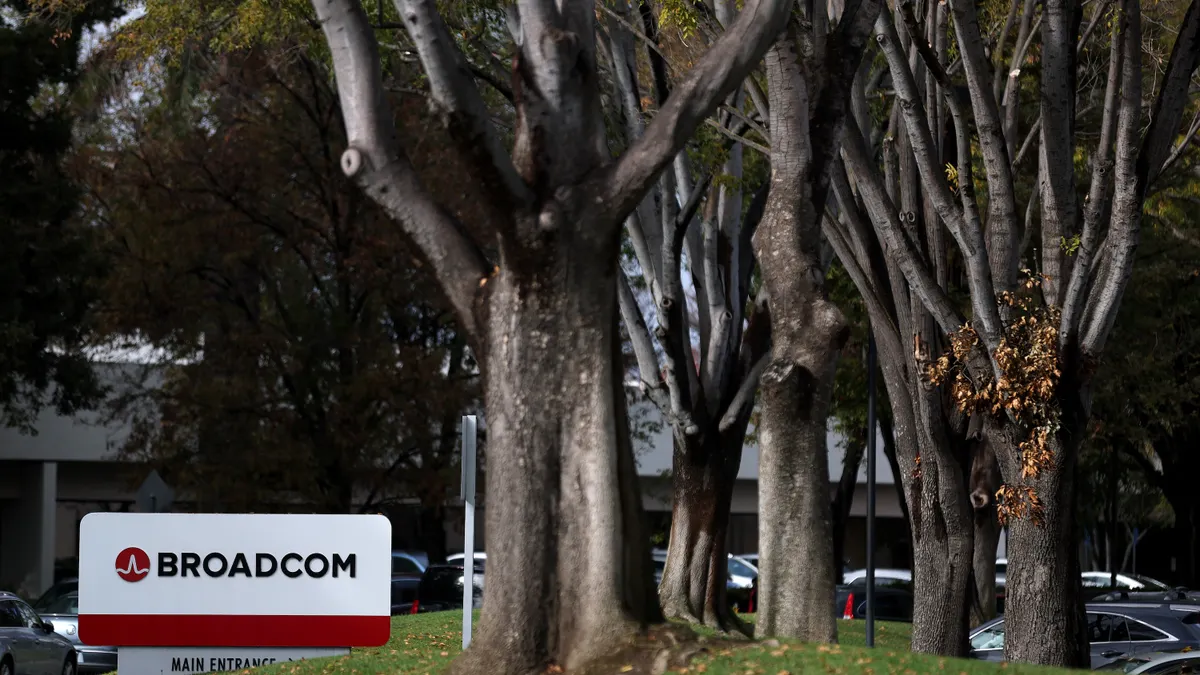Many weeks into a widespread shutdown, tentative plans for reopening operations nationwide are circulating, but there is still a ways to go before pandemic pressures subside. Part of the urgency is the longer a shutdown lasts, the more negative impacts it will have on the economy.
It is unclear what form the recession will take, but there is little doubt a recession nears.
Already the International Monetary Fund is projecting the 2020 global GDP to fall 3% year-over-year; by comparison, during the 2009 financial crisis, GDP shrunk .1%. "The world economy will experience the worst recession since the Great Depression," according to the IMF.
The 6.3 percentage point downgrade from January 2020 numbers is projected to rebound 5.8% next year if the pandemic fades and global policies are "effective in preventing widespread firm bankruptcies, extended job losses and system-wide financial strains," the IMF said.
Employment in the U.S. continues to drop; the unemployment rate reached 4.4% in March, according to the Bureau of Labor and Statistics
For the week ending April 11, 5.2 million people filed initial unemployment claims, reaching a four-week total of 22 million initial claims, according to Department of Labor statistics. Though that number does not reflect total unemployment, 22 million people equates to more than 13% of the U.S. workforce.
The downturn correlates to an expected decline in revenue, which impacts corporate spend across departments. More than half of CFOs expect revenue to decline up to 30% this year, according to a Gartner report. Another 8% expect revenue to contract more than 50%.
Whatever the shape, technology budgets will take a hit, freezing spending and long-term projects, which creeps up and impacts long-term vendor stability.
Forrester projects three scenarios for the U.S. economy and technology spend:
-
Scenario A - 30% probability: Best case, the pandemic peaks this quarter, having the largest economic impact in Q2 and Q3, but rebounding in Q4. It would result in U.S. tech spending falling 5% in 2020.
-
Scenario B - 60% probability: Pandemic and economic contraction last through 2020, with recovery in mid-2021. It would result in tech budget spending cuts of 9% this year and 5% in 2021.
-
Scenario C - 10% probability: The pandemic recurs and the economic downturn extends into 2021. Deep and long revenue declines would cause companies to breach or renegotiate contracts. "Modeling these impacts is not possible at this time," Forrester said.
What parts of IT face big impacts
IT spending was already set aside as an area for cost-cuts, though some surveys have shown CFO cost-cutting attention turned to facilities and general CapEx, workforce and operations according to PwC.
In the IT executive space, a key takeaway is cost cutting in the short- and long-term. That can take a number of different shapes, but does not altogether halt progress. Extended migrations can continue, because of the business and cost benefit they'll show long-term.
There is industry focus on technology investments that foster employee productivity, collaboration and connectivity — with a distributed workforce, technology is the backbone of communication and continued operations.
Across recession scenarios, the areas of tech spend that will suffer the most impact is a "tie between" computer equipment and tech consulting, Andrew Bartels, VP and principal analyst of Forrester Research, told CIO DIve.
While CIOs look to delay or cancel what they can, heavy hits will come on new project spending, which traditionally accounts for 25-30% of IT budgets, Bartels said.
Every aspect of a technology budget will face scrutiny, and some cuts are easier than others. With computer equipment and tech consulting the most impacted, according to Bartels other key areas include:
-
Software — During the last recession, license software was cut. With a shift to software as a service models, the impact is likely smaller. Some cuts will emerge in companies dropping SaaS apps altogether and the potential whittling down of legacy contracts.
-
Telecommunications services — This category will see ups and downs, but transaction volume will go up supporting mobile work from home. At the same time, CIOs will try to see if they can get a better deal on telecommunications contracts. Something to watch; while spending will come down, more data will come from the cloud because of more wireless working from home.
-
Outsourcing — It's very much contract driven and companies will negotiate with outsourcing providers and negotiate discounts. Meanwhile cloud infrastructure services will likely be a "growth factor" amid an economic downturn.
-
Staff — CIOs will be most reluctant to cut staff, but will start to see no more hires or replacements for vacant positions.
The category by category review is a luxury for some less impacted industries. Other organizations, such as a major restaurant chains or high-end retailers, are "going to be looking pretty heavily across all of these fairly quickly," Bartels said.
Higher education, a case study
Already the hardest hit industries include retail, oil and leisure, each of which will see steep cuts in tech budgets, according to Forrester data.
Others, such as the big cloud providers and telecommunications companies, will be in growth mode.
The industries that are hardest hit only account for about 20% of tech spending, according to Bartels. While the companies have lots of employees, that doesn't necessarily correlate to more tech spend.
Meanwhile, social and professional and business services account for 60% of tech market spending. Experts will watch those sectors — which include government, education, healthcare and financial services — to understand how tech spending will fare in the coming quarters.
For those industries, uncertainty lingers. "Higher education has traditionally been counter cyclical" — in a recession, more people go back to school, said Raechelle Clemmons, VP of industry relations at higher education technology research and advisory firm The Tambellini Group.
But some state-supported institutions could see governments funneling spending to medical services, Clemmons, a former higher ed CIO, told CIO Dive.
Higher education has highly structured budgets, with fiscal years often ending in June. IT executives could see their budgets frozen or deferred, with resources set aside for special projects funneled toward emergency response or cleaning.
Now the question is, what's really strategic?
One institution Clemmons works with is doubling down on its learning management projects. An 18-month timeline is accelerating, and the school wants to have the system online in the fall.
Projects that are already in flight or have the ability to help an institution become more agile or strategic, such as upgrades to ERPs or student information systems, have risen to the "top of the priority list," Clemmons said.





















